Growing Your Food: A beginner’s guide to sustainable gardening
Growing Your Food: A beginner’s guide to sustainable gardening
With the current state of the world, it’s more important than ever to be conscientious about what we put into our bodies and where it comes from. While you may not be able to control everything, one way you can take matters into your own hands is by growing your food. Not only is this a great way to reduce your carbon footprint, but you’ll also have the peace of mind of knowing exactly what ingredients went into growing your meal. If you’re new to gardening or don’t have a lot of space, sustainable gardening is a great option for you. Keep reading to learn more about sustainable gardening for food.
What is Sustainable Gardening?
Sustainable gardening is an eco-friendly method of gardening that focuses on using natural resources in a way that doesn’t damage or deplete them. This type of gardening encompasses a wide range of practices, but some common sustainable gardening methods include using organic fertilizers, companion planting, and mulching.
Companion planting is when two or more plants are grown close together because they have mutually beneficial relationships. For example, beans can help enrich the soil for other plants, and tomatoes and basil make a great combination because they improve the flavor of each other when used in tandem. Growing different types of plants next to each other can also help deter pests because they confuse them and make it difficult for them to find their target plant.
Mulching is another key element of sustainable gardening. Mulch is defined as a layer of material (usually organic) that is spread over the surface of the soil around plants. Mulch helps conserve water, moderate soil temperature, prevent weed growth and protect against erosion—all while adding nutrients back into the soil as it decomposes. It’s important to note that most mulches should not touch the stems or leaves of plants because this can lead to rot.
Types of Sustainable Gardens There are many different types of sustainable gardens, but some common examples include rain gardens, raised bed gardens, vertical gardens, and keyhole gardens.
Rain gardens are designed to absorb rainfall and runoff from impervious surfaces like driveways and roofs. They are typically shallow depressions that are lined with gravel or other permeable materials and planted with deep-rooted native plants. This type of garden is an excellent way to reduce flooding and erosion while also providing habitat for local wildlife.
Raised bed gardens are another type of garden that is perfect for small spaces or areas with poor-quality soil. They are exactly what they sound like—beds that are raised above ground level—and can be made out of anything from lumber to cinder blocks to recycled materials. Raised beds help improve drainage and make it easier for gardeners to control the quality of their soil. Vertical gardens are perfect for urban dwellers who don’t have a lot of space for traditional gardening practices. Vertical gardens can be as simple as potted plants arranged on shelves or racks or elaborate structures made out of recycled materials like wooden pallets or metal pipes. No matter what type of vertical garden you choose, make sure the pots have drainage holes so that your plants don’t get overwatered.
Keyhole gardens get their name from their shape—a circular garden with a small “keyhole” opening in the center. These types of gardens are efficient because they use less water and fertilizer than traditional row gardens while still providing ample space for vegetables, herbs, and flowers.
Sustainable gardening is a great way to take control of your food supply and reduce your impact on the environment. Companion planting, mulching, and choosing the right type of garden for your space are all important elements of sustainable gardening. Now that you know more about sustainable gardening for food, what are you waiting for? Get started on your very own eco-friendly food oasis today!

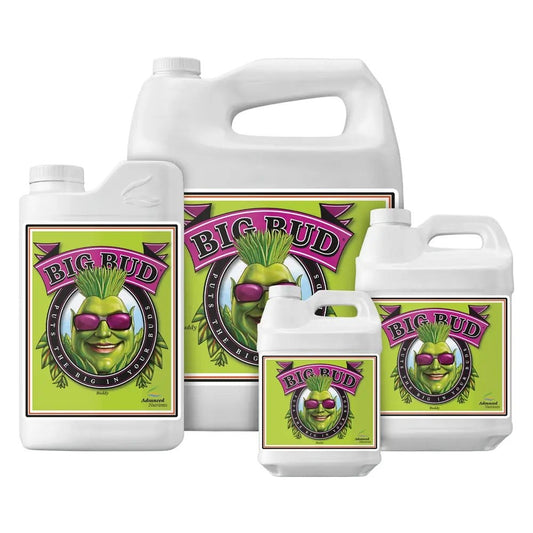
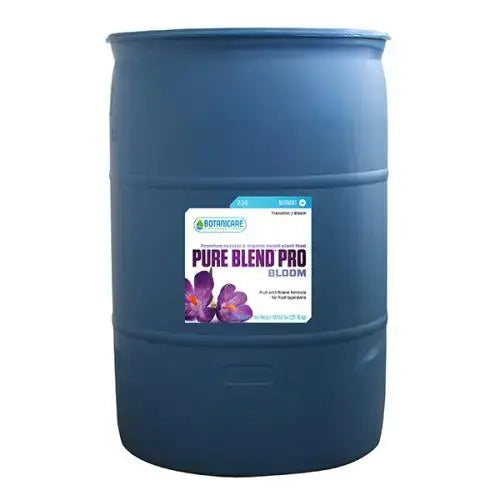
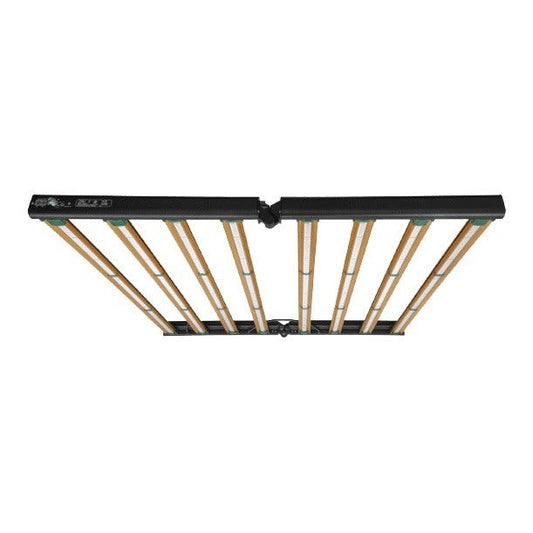








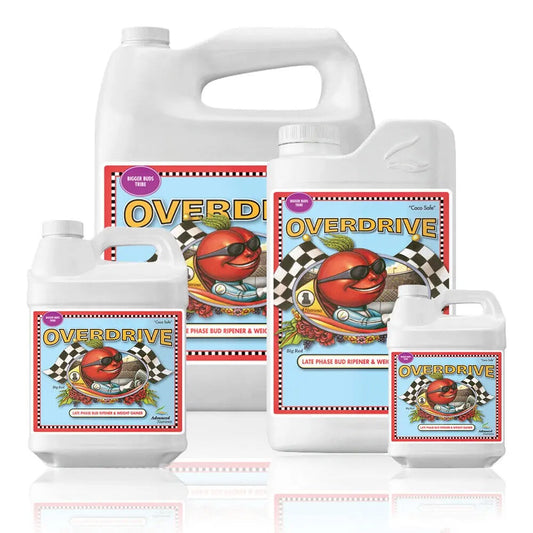










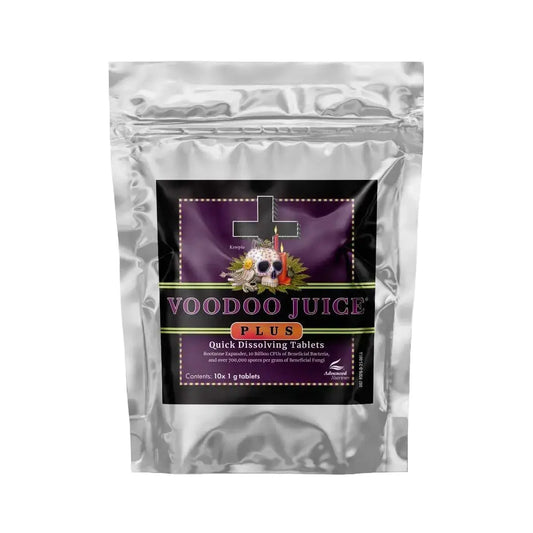


Leave a comment
Please note, comments need to be approved before they are published.